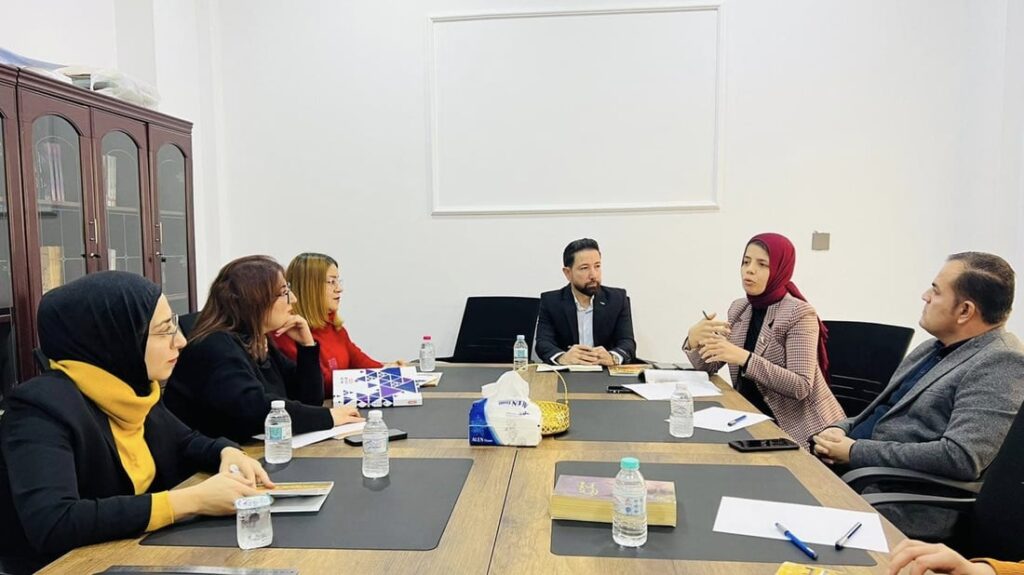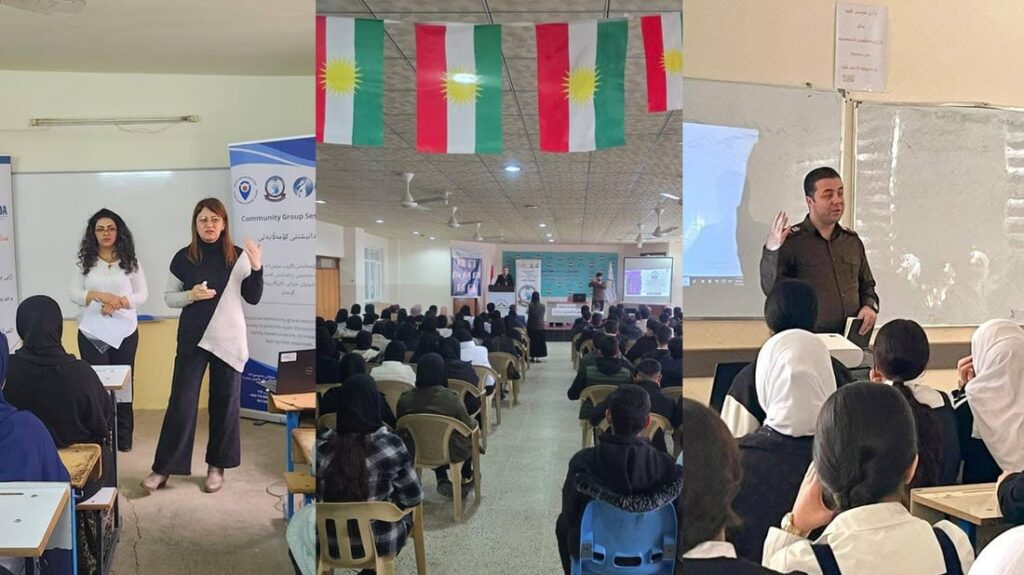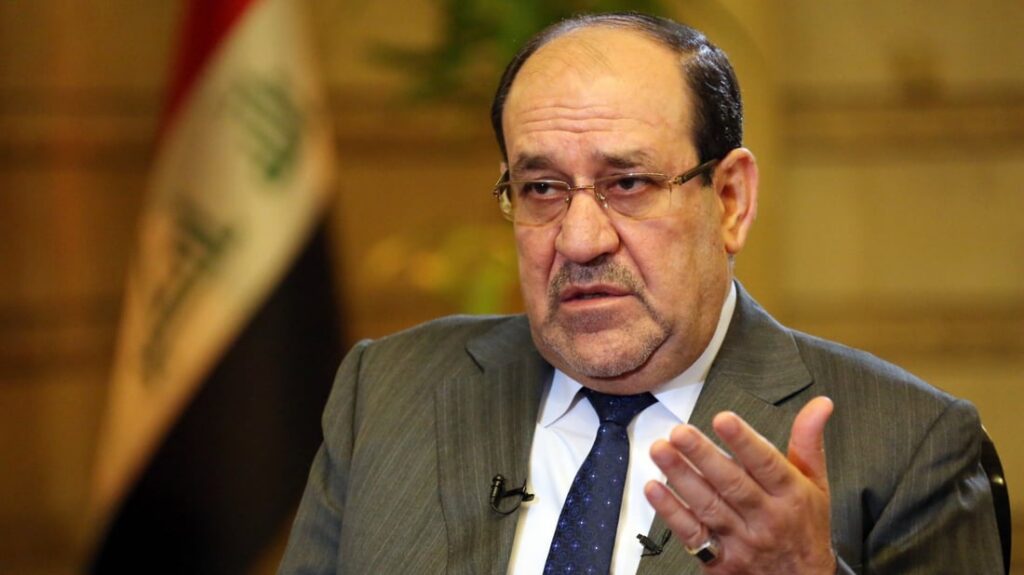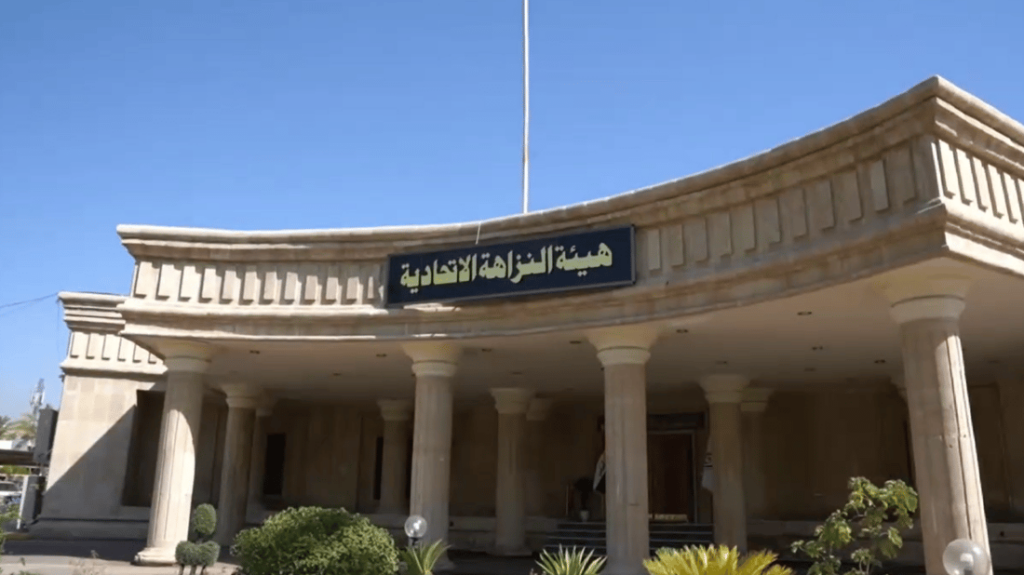Iraq: Notes from the Field: Iraq

By Gary Forster & Henry Lewis (Publish What You Fund) and Ruba Ishak & Max Seilern (Ground Truth Solutions)
Information sharing during protracted humanitarian emergencies can often be complex and face a number of barriers, particularly for local and national responders. Therefore, since January 2019 Publish What You Fund and Ground Truth Solutions, in partnership with Development Initiatives and with funding from the Dutch Ministry of Foreign Affairs, have been undertaking work to better understand the data needs and challenges of these types of humanitarian actors. Building on desk based research, key stakeholder interviews and an online survey, the project has reached the on-the-ground research phase. Whilst it is too early to share the final findings of the work, we did want to share some reflections from the first of our two country deep dives; our trip in August 2019 to Erbil, Iraq.
Erbil, Iraq
To put this trip into context, Iraq is now considered a post conflict country. Despite this, small scale military operations continue, resulting in new displacement and continued humanitarian needs. In tandem, new sources of instability are also emerging, linked to rising poverty rates, delays in community reconciliation, lack of livelihood opportunities, and political and social tensions which cause new small-scale displacement.
According to UN OCHA, there are 6.7 million people in need of humanitarian assistance. Of this, 4.5 million face protection concerns. Almost 2 million people remain displaced, over half of whom have been displaced for more than three years. A significant majority of displaced people (70%) reside outside of camps, mostly within the Kurdistan Region of Iraq and the Nineveh governorate.
According to UN Security Council reports, ISIL has been defeated in Iraq. Many ISIL fighters, planners and commanders are dead or have left the immediate conflict zone. However, ISIL-sympathizers remain, some still fully engaged militarily and others hiding out in like-minded communities and urban areas. Up until recently, small-scale attacks throughout the country attributed to ISIL occurred on a weekly basis. It has been estimated that the total current ISIL membership in Iraq is roughly 10,000 to 15,000.
On the ground
During a two-week trip, we undertook more than 30 interviews with national and international NGOs as well as with the Kurdistan Regional Government, UN agencies, Cluster leads and international donor agencies.
We are currently undertaking detailed analysis of the interviews. In the meantime we thought we’d share our initial reflections following the trip:
The scale of the response – once on the ground, given the chance to sit and have in depth discussions with stakeholders, it became apparent just how extensive the Iraq humanitarian response is and immediately raised questions about how data and information should be managed in such a context. The desk research phase had illustrated the scale of need but to truly understand the number of stakeholders involved, the breadth of need, the complexity of the recent social and political history, it really helped to be there, asking some fundamental questions about how decisions were made in such a continually and rapidly changing environment. This raised questions about the volume and sheer variety of data that we were going to find.
The development/humanitarian nexus – as the international community seeks to address the coordination gap between humanitarian and development activities it was instructive to see how these gaps played out in the data and information context. Stakeholders frequently cited gaps between the two groups in methods of communication, differing practises (in terms of approaches to needs assessment, procurement, length of funding cycles etc.), and different data platforms and cultures around information sharing. How much of this is structural versus cultural, and what opportunities exist to minimise the impact on data sharing and use, are questions we are still exploring.
Existing systems are impressive – despite the duration of the current crisis in Iraq, the situation remains extraordinarily complex, evolves on a nearly constant basis, and the scale of need remains substantial with millions of people still displaced. In response, local and international organisations have developed (or in some cases customised pre-existing versions of) data systems. An example is ActivityInfo, which is a platform for reporting and data collection. It allows reporting on programmes and projects which are delivered by multiple partners and across a wide geographical area. The platform works online and offline, allowing organisations to access much needed information even in the most hard to reach areas.
Next steps
At the end of September our team departs for Cox’s Bazar and Dhaka in Bangladesh. We’re looking forward to comparing and contrasting our findings from these two field visits and we plan to share more insights once we’ve returned from Bangladesh. Our full research report will be published in early 2020.
You can also watch a recent recording of our webinar, where we discussed the emerging themes from our research and insights from the Iraq trip.




